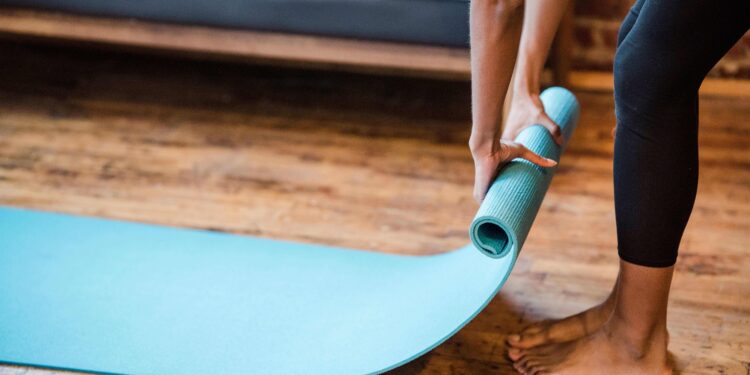In recent years, yoga enthusiasts have become increasingly drawn to eco-friendly alternatives in their practice, seeking harmony not only within themselves but also with the environment. One such sustainable option gaining popularity is the natural cork yoga mat. Crafted from the bark of cork oak trees, these mats offer a unique blend of functionality, comfort, and environmental responsibility. Join us as we delve into the journey of natural cork from tree to mat, uncovering the intricate process behind this eco-conscious choice for yogis worldwide.
The Source: Cork Oak Trees
The journey of a natural cork yoga mat begins deep within the forests of the Mediterranean region, where cork oak trees thrive. These remarkable trees, known for their ability to regenerate stripped bark, play a vital role in sustaining diverse ecosystems. Harvesting cork is a delicate process that requires expertise and careful consideration of the tree’s health and longevity.
Harvesting Cork:
Once every nine to twelve years, skilled harvesters carefully strip the bark from mature cork oak trees, a process known as cork harvesting or “corking.” Contrary to common misconceptions, this process does not harm the trees; in fact, it encourages their growth and helps to maintain the health of the forests. After the bark is removed, the tree begins its natural regeneration process, producing a new layer of cork over time.
Processing Cork:
The harvested cork bark undergoes several stages of processing to transform it into the material used in yoga mats. Initially, the bark is stacked and left to dry for several months, allowing it to cure naturally. Once dried, the cork is boiled to remove impurities and sterilize it, ensuring the final product is hygienic and safe for use. Next, the cork is compressed into blocks or sheets using heat and pressure, resulting in a durable and resilient material with unique properties ideal for yoga mats.
Crafting Yoga Mats:
With the processed cork ready for use, skilled artisans begin crafting natural cork yoga mats, blending tradition with innovation. The cork is often combined with a supportive base material, such as natural rubber or recycled materials, to enhance durability and stability. The final product is a premium-quality yoga mat that boasts numerous benefits for practitioners.
Benefits of Natural Cork Yoga Mats:
- Sustainability: By opting for a natural cork yoga mat, practitioners contribute to the preservation of cork oak forests and support sustainable harvesting practices.
- Eco-Friendly: Cork is a renewable and biodegradable material, making it an environmentally conscious choice for yogis concerned about their ecological footprint.
- Non-Toxic: Unlike some synthetic yoga mats, natural cork mats are free from harmful chemicals and toxins, providing a safe and healthy practice environment.
- Grip and Traction: Cork’s unique cellular structure provides excellent grip and traction, even in sweaty conditions, helping practitioners maintain stability and alignment during their practice.
- Anti-Microbial: Cork naturally repels moisture and inhibits the growth of bacteria and mold, keeping the mat clean and hygienic with minimal maintenance.
- Comfort and Support: The cushioning and resilience of cork offer superior comfort and support, reducing strain on joints and enhancing the overall yoga experience.
Conclusion
The journey of natural cork from tree to mat is a testament to the harmonious relationship between humans and nature. By embracing sustainable materials like cork in their yoga practice, practitioners not only experience the benefits of a premium-quality mat but also contribute to the preservation of ecosystems and the promotion of environmental stewardship. As the demand for eco-friendly yoga accessories continues to grow, natural cork yoga mats stand out as a shining example of innovation and sustainability in the wellness industry, inviting yogis to connect with the earth and their practice on a deeper level.
- spiritualwarrior
- spiritualwarrior
- spiritualwarrior
- spiritualwarrior
- spiritualwarrior
- spiritualwarrior
- spiritualwarrior












































